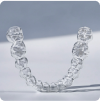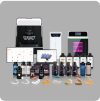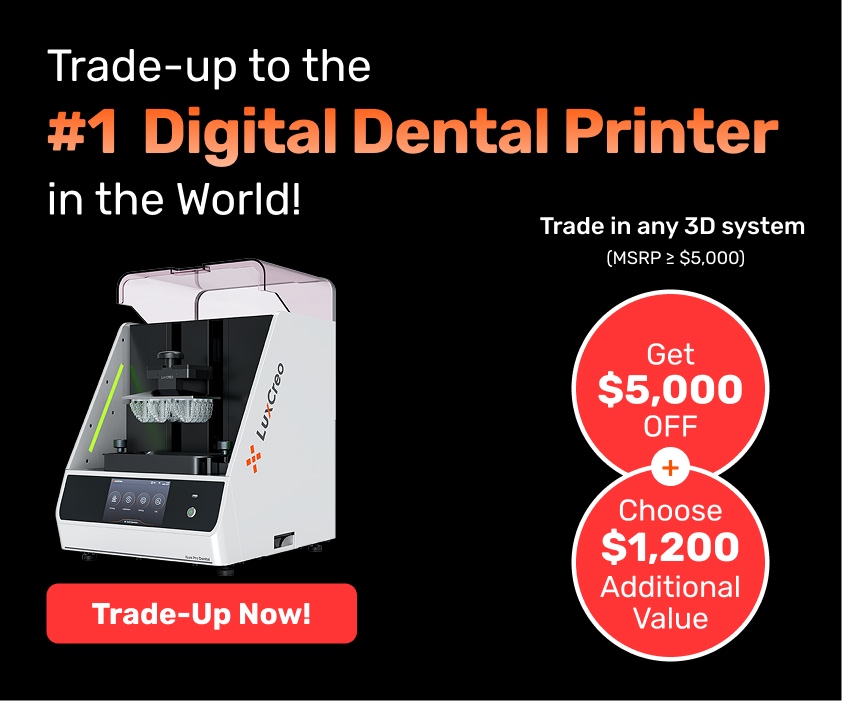
Hybrid Additive Manufacturing Approaches
Hybrid additive manufacturing combines additive and subtractive manufacturing to produce a finished product. Additive manufacturing, or 3D printing, builds structures by adding material in layers. Conversely, subtractive manufacturing, such as CNC machining, removes material from a raw block through cutting, drilling, boring, and grinding to fabricate a product. The following provides examples of how hybrid additive manufacturing utilizes capabilities from both methods to create high-quality parts.

Two Main Hybrid Additive Manufacturing Approaches
- Combining additive and subtractive manufacturing in a single machine: The system augments a CNC machine like a mill or a lathe with 3D printing. Typically, this involves a mechanical arm equipped with a directed energy deposition head (DED). A single process alternates between printing and machining to complete a product without moving the part to a separate machine.
- Combining additive and subtractive manufacturing on multiple machines: This hybrid manufacturing method requires setting up the part at each machine in the sequential process. For example, a 3D printer might complete a blank component that would transfer to a CNC machine for additional features or finishing.
Why Has Hybrid Additive Manufacturing Been Necessary?
Hybrid manufacturing was created to compensate for the deficiencies of legacy 3D manufacturing technologies. Standard 3D printing machines have limitations on supported materials and the finish, especially for parts made of metal. Metal additive manufacturing was typically known to produce “near-net shapes” that required significant post-processing. Incorporating CNC machining capabilities in post-production was the most effective way to precisely fabricate complex internal and external structure features for high-performance components with the right finish. Post-processing tasks included removing excess material, fixing or drilling holes, attaching separately printed parts, filling cracks, curing models, surfacing, sanding, texturing, smoothing, or coloring parts.
Standard 3D printing and CNC machining both have limitations. Hybrid manufacturing was developed to provide a solution that attempted to eliminate the limitations of both manufacturing methods. With many benefits including increasing tolerances, supported geometries, and materials while decreasing post-processing and tooling costs, hybrid additive manufacturing is still more complex and does not meet the desired goal of simplifying manufacturing. Recent innovations in 3D technology may now offer a better solution.
Common Challenges of Hybrid Additive Manufacturing
Three of the most significant challenges of hybrid manufacturing are:
1. Specialization
Using CNC machining methods requires skilled machinists to operate the equipment. Running a CNC or hybrid machine requires proficiency in machining processes, including understanding the proper tools and sequencing, programming, testing, and quality control, and adjusting the setup or workholding. Acquiring skilled machinists or machine shops to perform these tasks can be difficult and expensive, delaying the manufacturing process.
2. Increased Material Waste
Incorporating subtractive manufacturing to produce a product is a very wasteful process. Although fused Deposition Modeling (FDM) 3D printing requires support structures that users remove in post-processing, it typically has less material waste than CNC. CNC machines produce a significant amount of shavings while fabricating parts, even in the best circumstances.
3. Extended Preparation and Post-Processing Time
Extensive post-processing lengthens the manufacturing time of each part. Additionally, if a part requires a specialized tool, it must be ordered and delivered before production begins. Post-processing tasks such as smoothing, polishing, and finishing also prolong production. Legacy 3D printers cannot print colored, transparent, or distinctly textured parts, requiring the part to undergo color dyeing, manual sanding, buffing, or other surface finishing to achieve the desired aesthetic.
Better Alternative to Hybrid Additive Manufacturing
Industry leaders like LuxCreo, are advancing 3D printing by printing a finished product. Their modern printing solutions support direct printing of transparent (clear), colored, textured, parts with greater accuracy, high-quality finish, and minimal post-processing. Users can easily remove support structures as opposed to the long and wasteful process of CNC machining. Direct printing also allows for greater design complexity and flexibility while significantly reducing material waste. Direct printing with modern 3D printing machines is the best choice when compared to hybrid manufacturing.
| Hybrid Additive Manufacturing | Direct Printing with LuxCreo’s Printing Solutions | |
| Pros | -Supports larger-size build area -Slightly higher tolerance vs. 3D printing | -No tooling -Faster speeds and increased output capacity -Greater design complexity and flexibility -Less material waste -Reduced labor overhead and specialization |
| Cons | -Increased specialization of machine equipment and laborers – May require tooling such as unique jigs or advanced workholding -Extended production times -Higher labor costs -Increased margin for human error -High material waste | -Not ideal for large parts -Slightly lower tolerance vs. CNC machining |
As additive manufacturing processes continue to advance and become more widely used, the need for hybrid manufacturing will diminish. Reducing the need for specialized labor and material waste enables more cost-effective production and innovative design opportunities.
LuxCreo develops advanced 3D printing technologies and pioneered 3D printing Smart Factories to enable rapid and easier scalability. Once you have finalized your design with a LuxCreo 3D printer, you can access a LuxCreo 3D printing Smart Factory to replicate your success at scale. To learn more about better solutions for additive manufacturing processes, visit our contact page or call 1 (650) 336-0888 to learn more.
Subscribe to Our Newsletter
Be the first to get our latest updates and free trials!
Popular Resources
Follow Us
Featured Products

4D Aligner™
First Smart ActiveMemory™
Aligner

iLux Pro Dental Solution
Ultimate 1-Click Dental
Application Solution

LuxCloud Dental
Your One-stop Digital Dentistry
Platform

